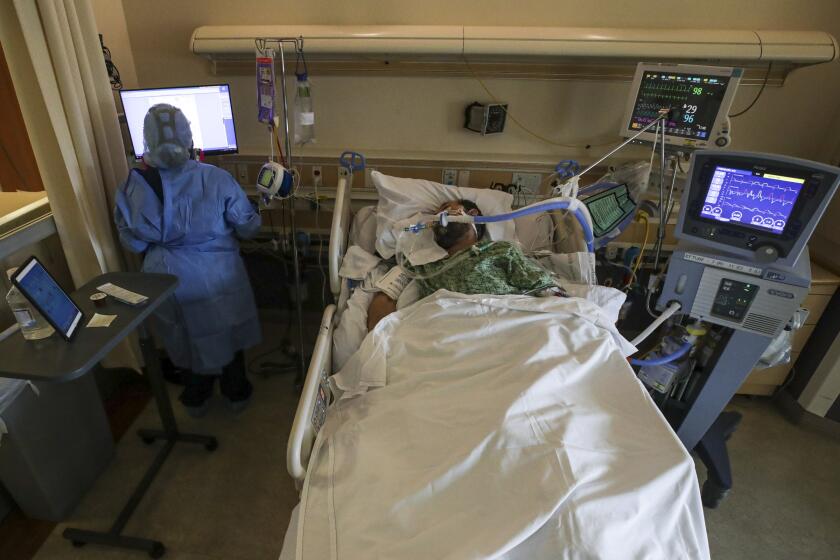Salt is everywhere. Does anyone trying to meet the Dietary Guidelines have a prayer?
Responses to the 2010 Dietary Guidelines keep rolling in:
The Laughing Cow wrote to inform us that its mini cheeses make“ the perfect complements to plant-based foods adding taste, texture and additional nutrients.”
The Physicians Committee for Responsible Medicine, an animal-rights group, lauds the guidelines for discussing vegetarian and vegan diet options but says they “are far from perfect” because they don’t sufficiently discourage meat and cheese.
USApple, a trade group, “applauds” the USDA and Department of Health and Human Services and calls the guidelines “ground-breaking.” I think it is alluding to the recommendation we eat more produce.
Campbell Soup Co. wrote to point out that “Studies show drinking V8 100% vegetable juice may be a simple way for people to increase their vegetable intake and may help them manage their weight. Researchers attribute the results to the ease, convenience and enjoyment of vegetable juice as a way to get more vegetables.”
Of course, the V8 strategy -- and I love V8 -- may trip up anyone who’s trying to get their salt in the 2,300mg range or the 1,500 mg range -- the latter is recommended for people age 51 and older, African Americans and those with conditions such as diabetes, hypertension and chronic kidney disease.
You’ll get 481mg of sodium in one cup of regular V8. Low-sodium V8 has just 140 mg.
I tried once before to get my sodium closer to 1,500 mg a day because my blood pressure was in the high normal range and I have particular reasons to need to watch out for my kidney health. I found I could do it, but it’s definitely a different way of eating. One cup of Swanson chicken stock has 860 mg of sodium (the other brands are comparable). Its lower sodium version still has 510 mg. Half a cup of Bush’s red kidney beans contains 260 mg; you have to go to health food stores to buy the no-salt-added kind. Even chicken breasts are amended with broth that adds salt.
If you’re interested in trying this, here’s a list of sodium content in packaged foods from the Center for Science in the Public Interest, which has been campaigning for lowered sodium in foods for some time now.
And here’s some restaurant food revelations:
I was thinking of trying the low-sodium route again, but I’m going out to eat this weekend. Maybe Monday.



